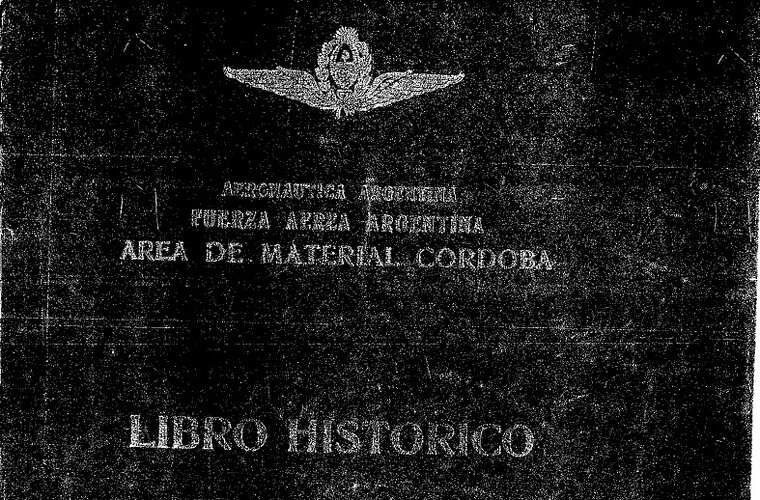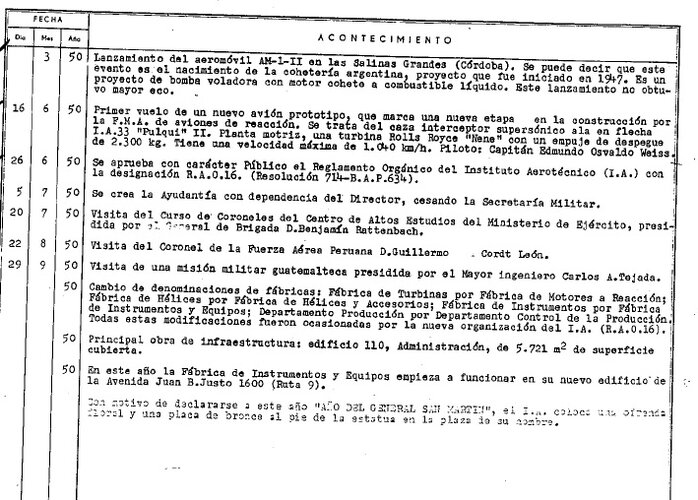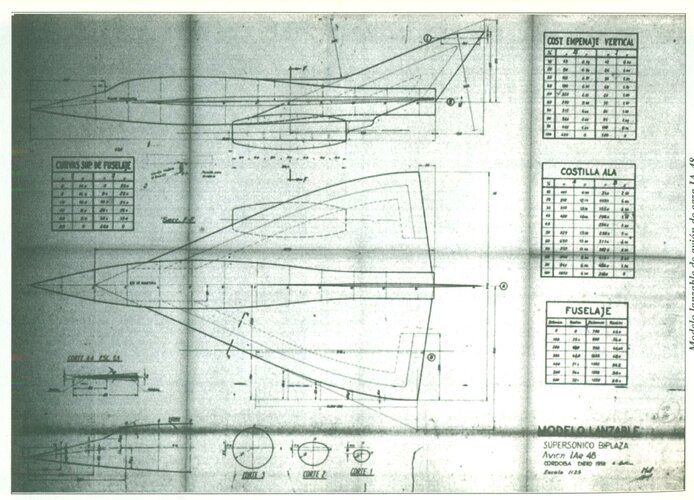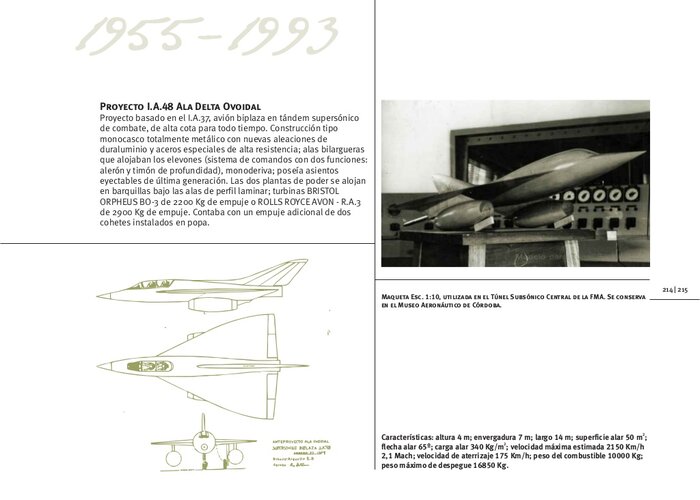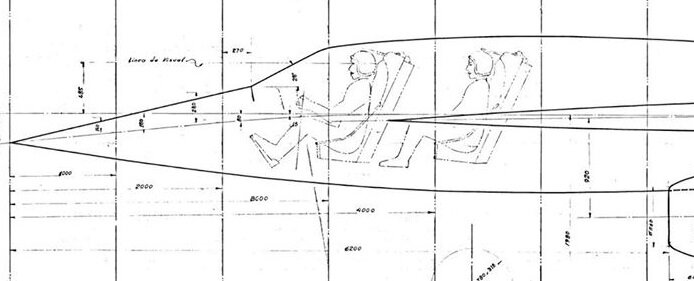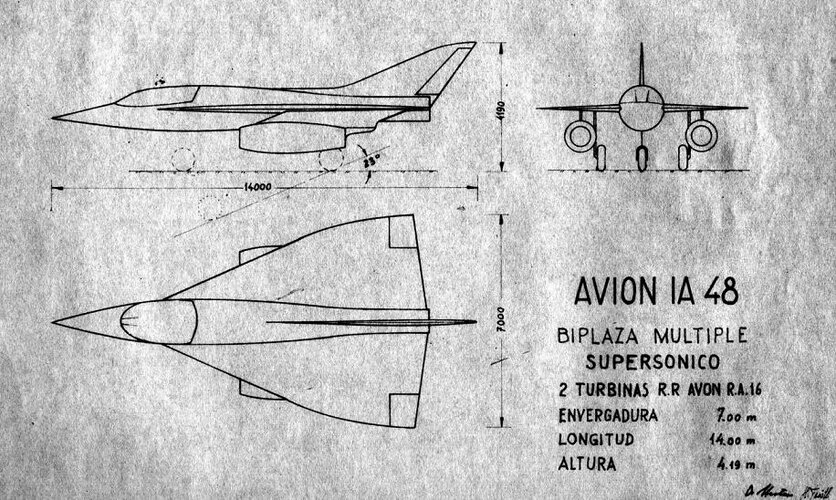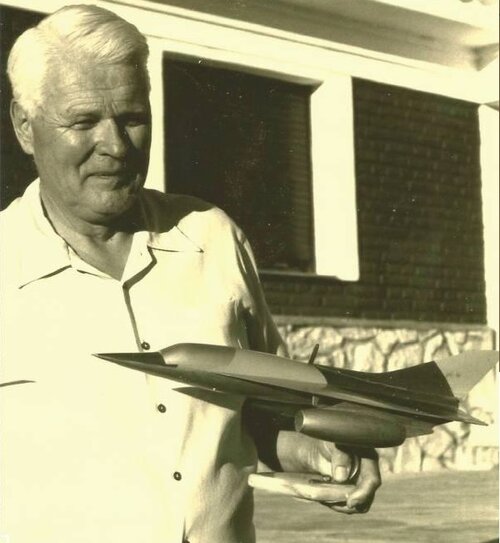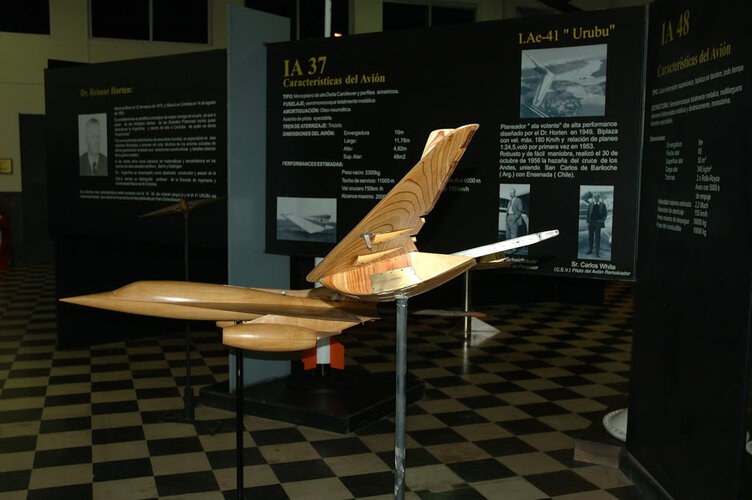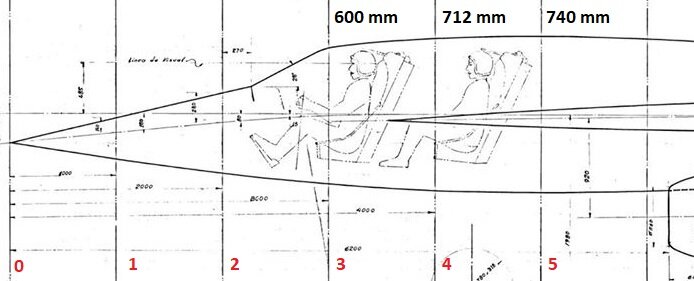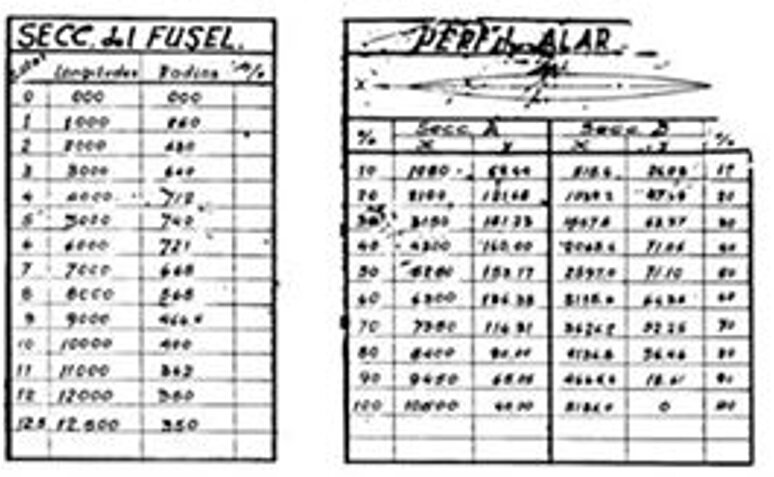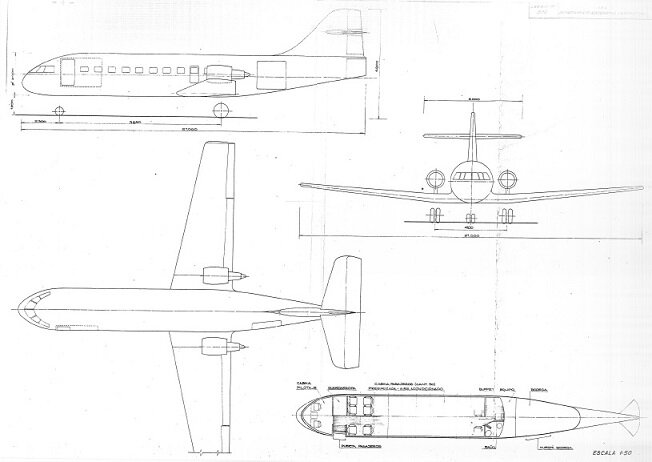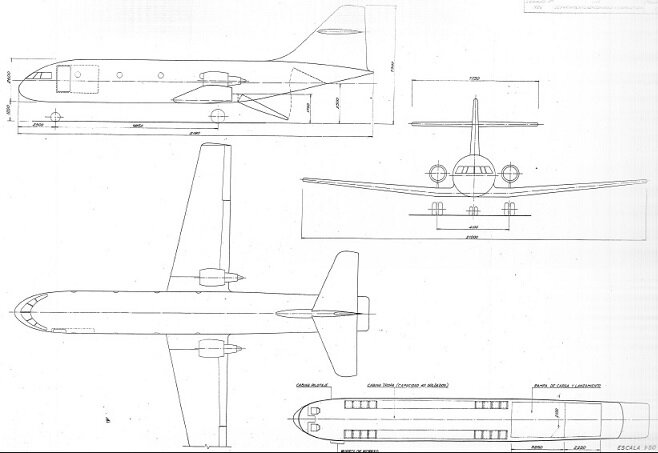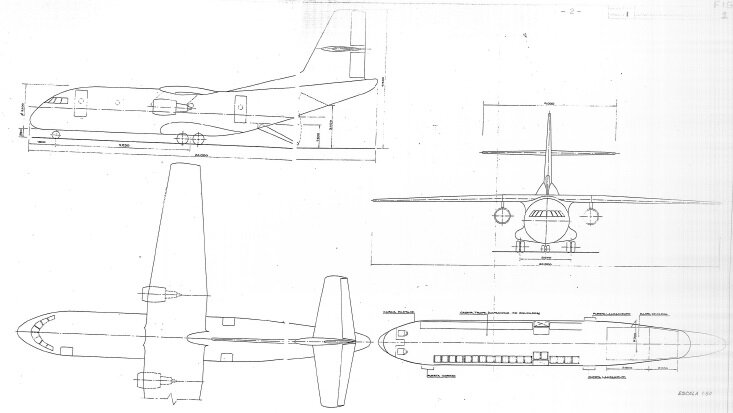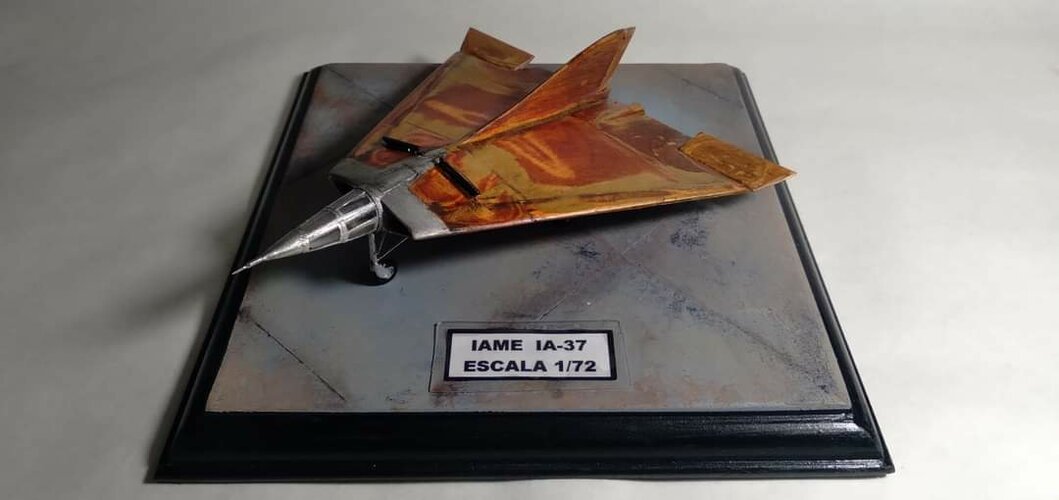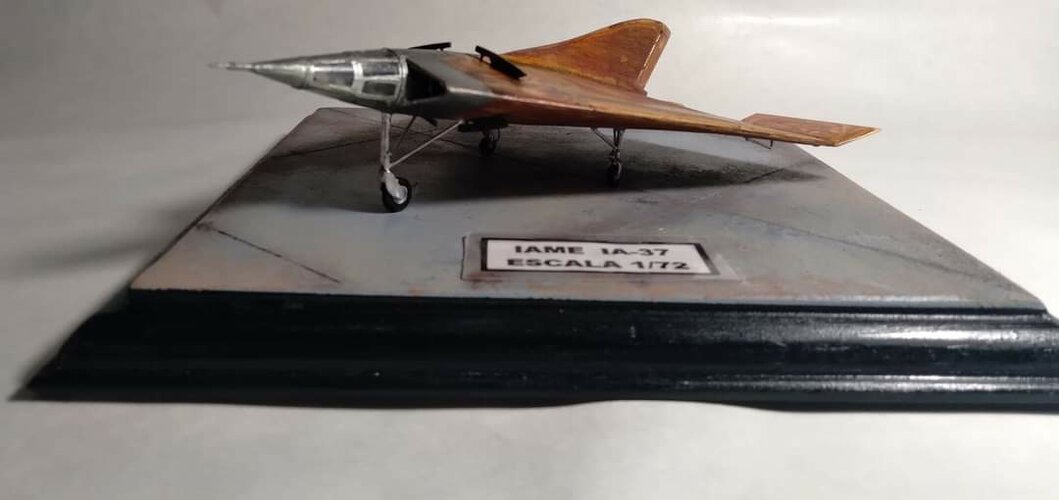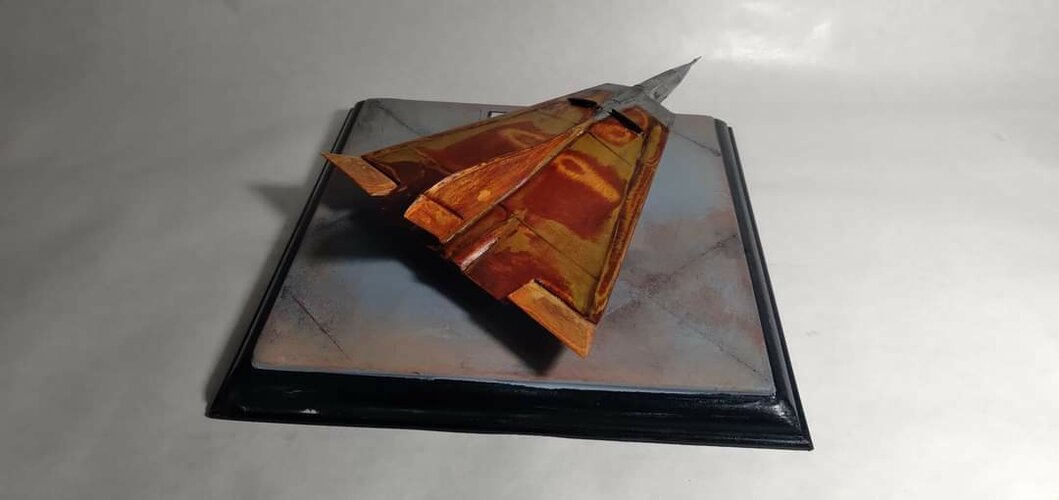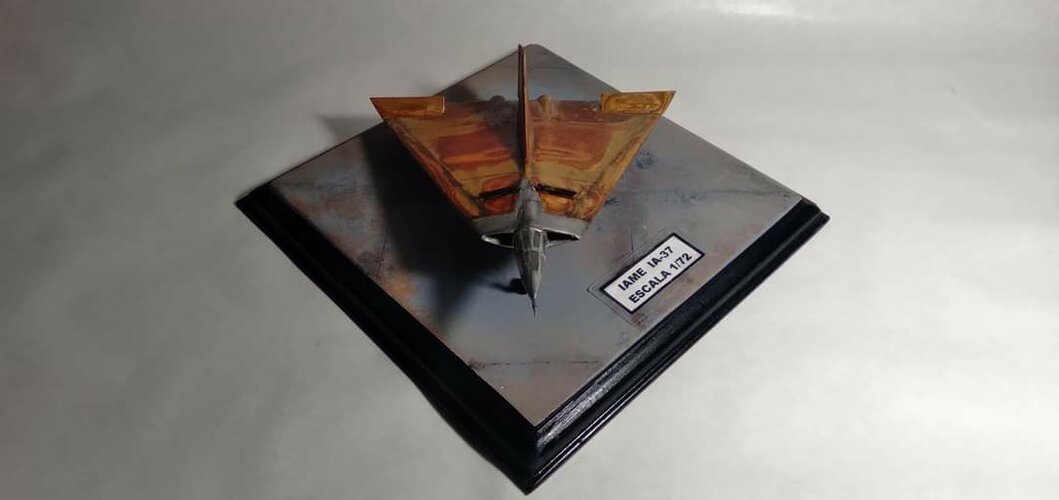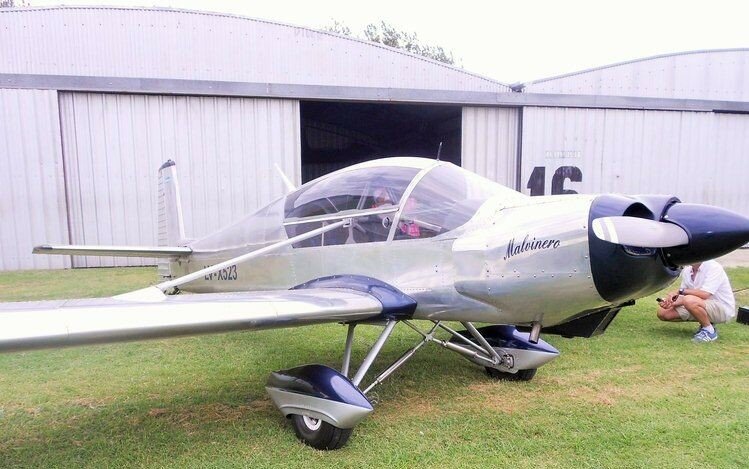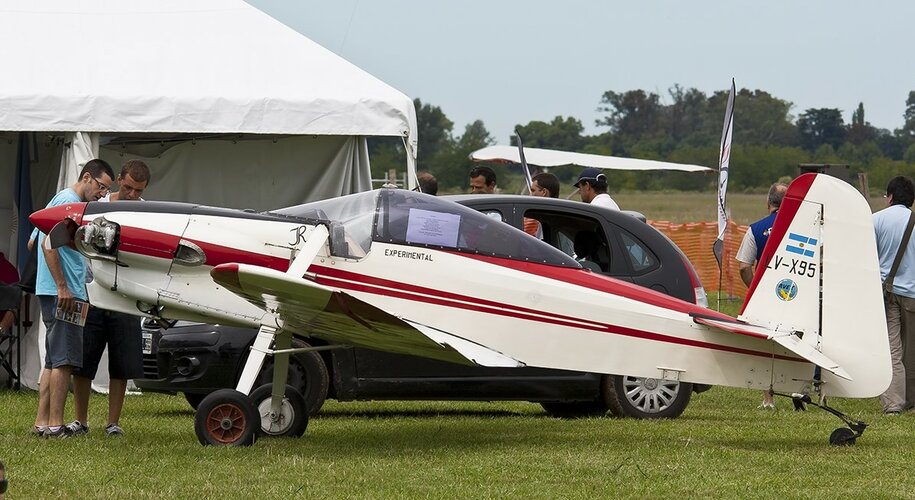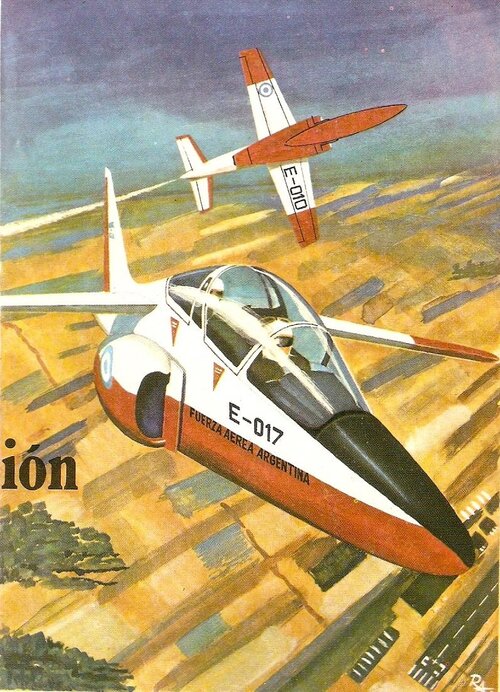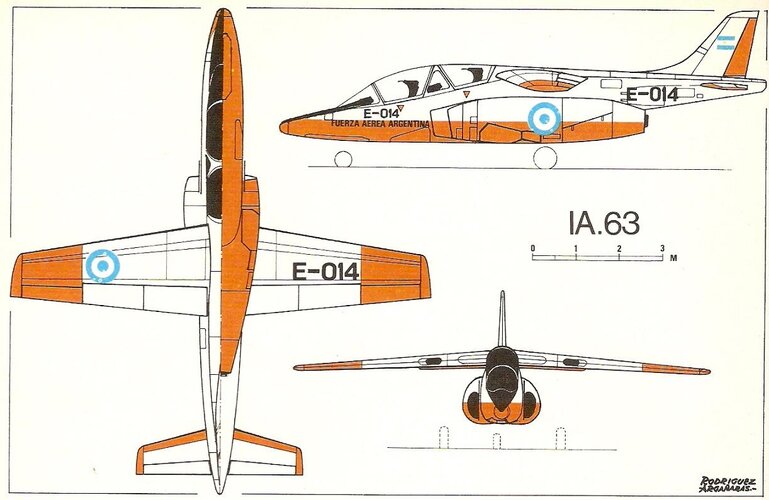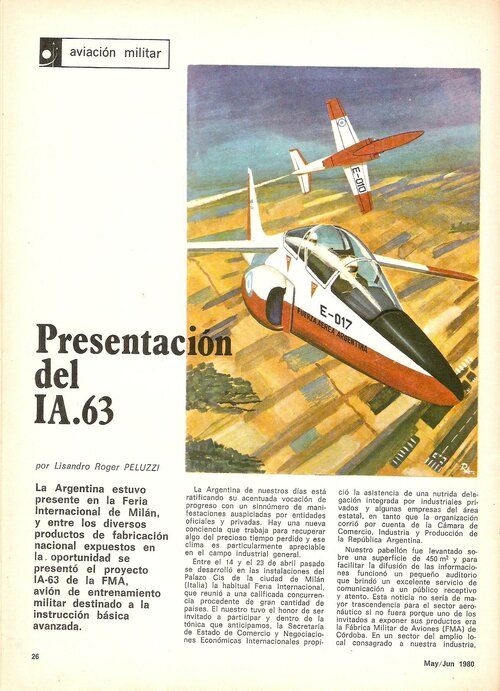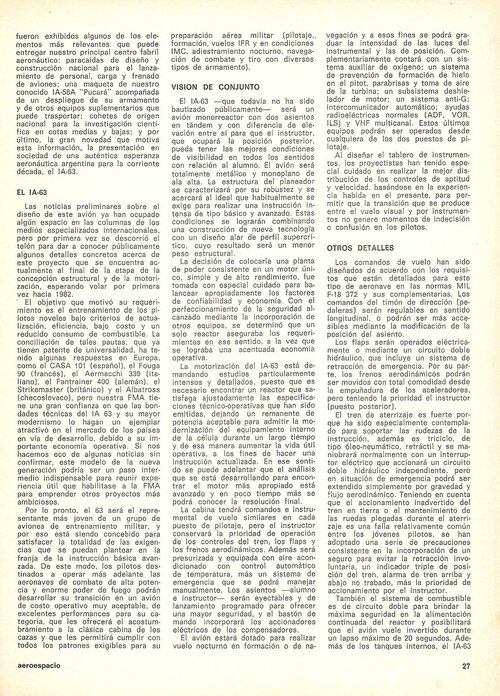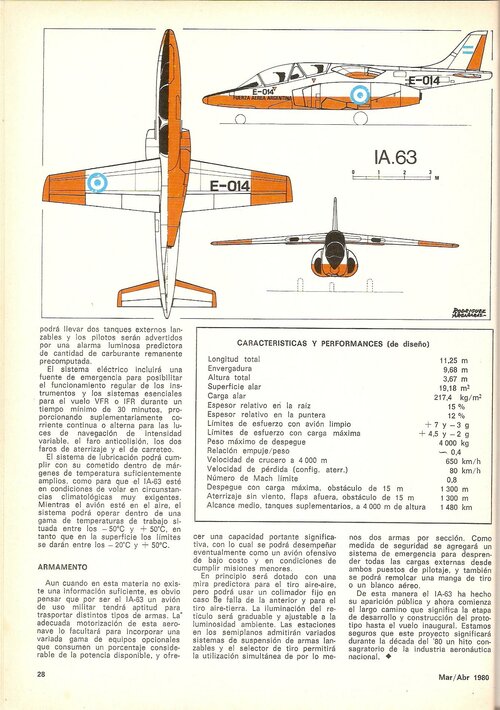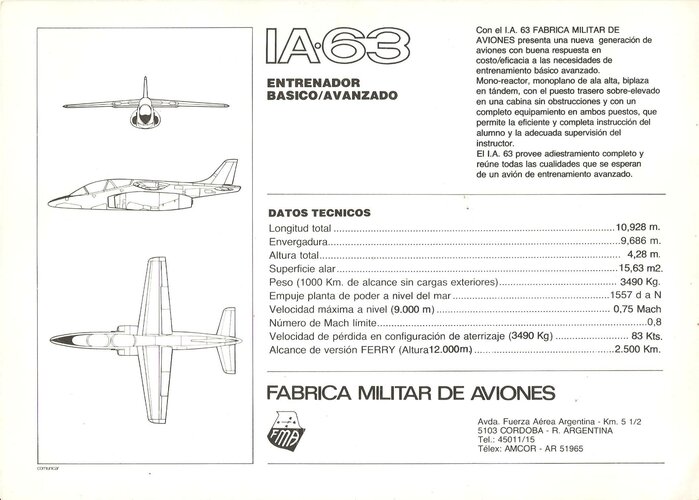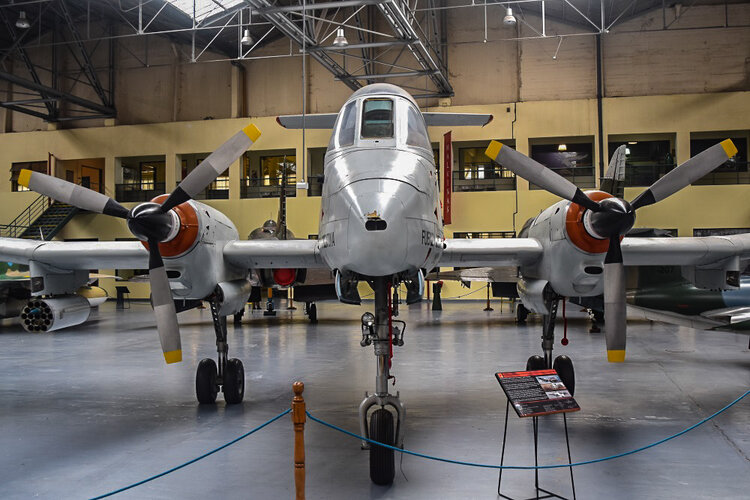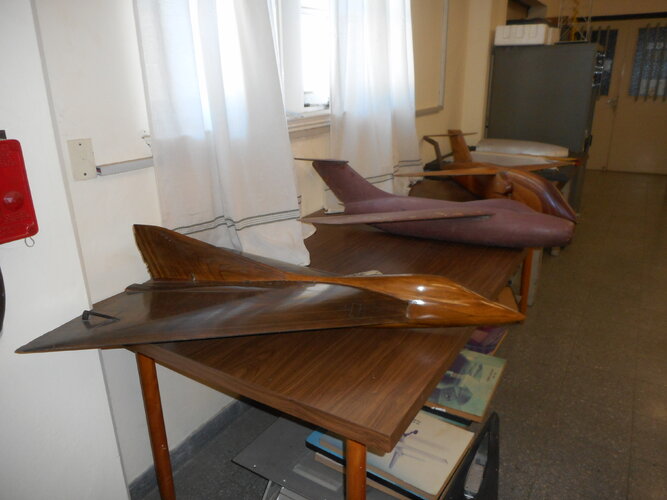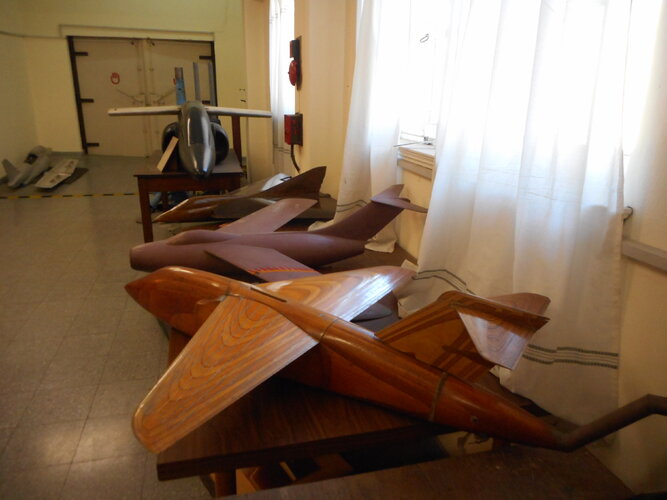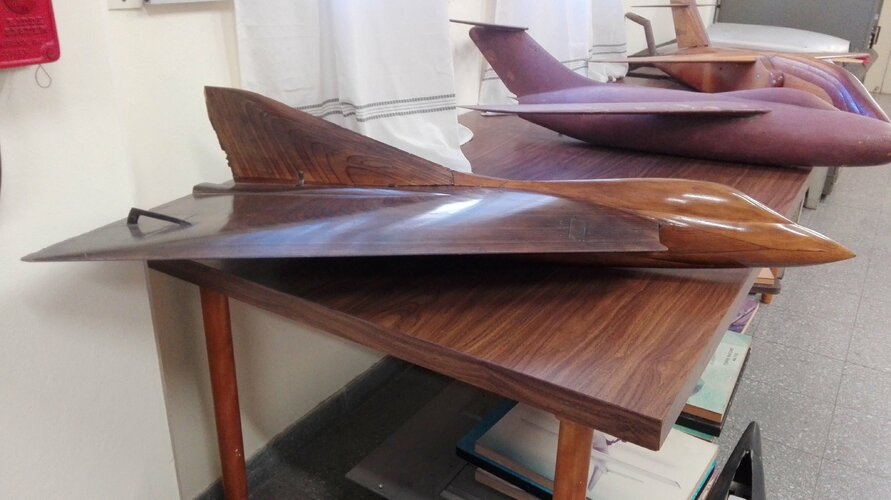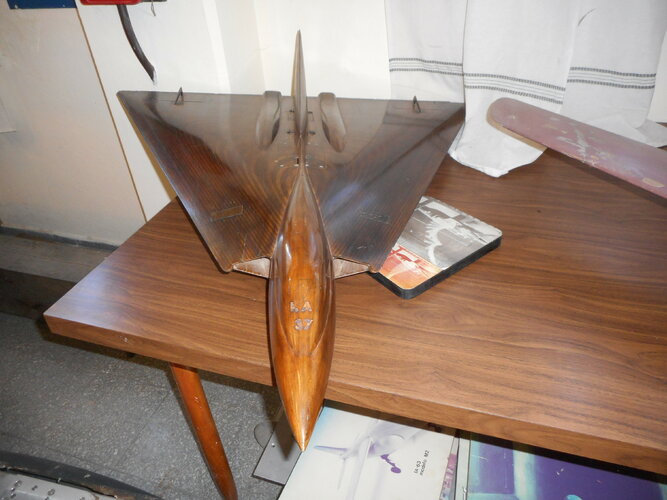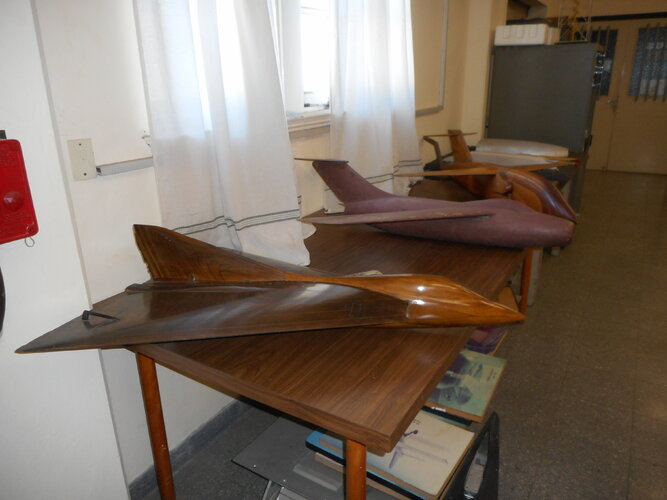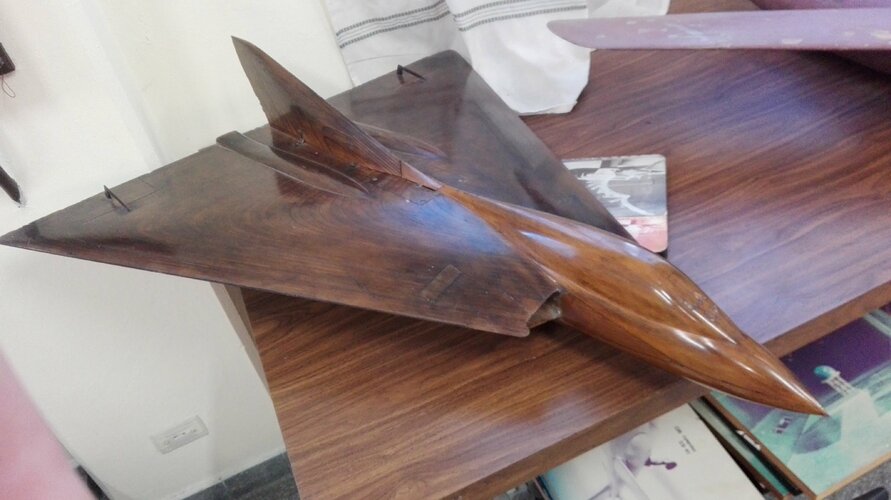Erdosain
ACCESS: Secret
- Joined
- 10 March 2020
- Messages
- 477
- Reaction score
- 1,973
I understand that the correct designation was I.Ae.33 Pulqui II-E-1 (V1) and so on.Sorry for necroing an old message, but i wonder what source the name E-1 comes from? E-1 kind of makes sense as it is the first Pulqui II to fly, but it is also the second prototype. Was the third prototype called E-2 etc? Which book is the "FMA Historical Book"?Today June 16, 2020 marks the 70th anniversary of the first flight of the prototype of the supersonic interceptor fighter I.Ae 33 Pulqui II E-1 The same was carried out on the Runway of the Military School of Parachuting, on June 16, 1950 at controls of Captain Edmundo Weiss The plane in question was equipped with a Rolls Royce "Nene" engine with a takeoff thrust of 2300 kg with a maximum speed of 1,040 K / Hs This same aircraft was presented on February 8, 1951 in the Aeropark before the then President General Juan Domingo Perón and the Prince Consort of the Netherlands being its pilot Kurt Tank Source FMA Historical Book
The "E" was for Experimental, the V for Versuchsmuster, which I suppose was the German word for Experimental.
The historical book of the FMA is composed of two volumes, volume I with 288 pages and volume II with 282 pages, which compile all the historical dates and milestones of the FMA from its foundation until 1985. Actually it is titled " Historical Book of the Areá Material Córdoba "
